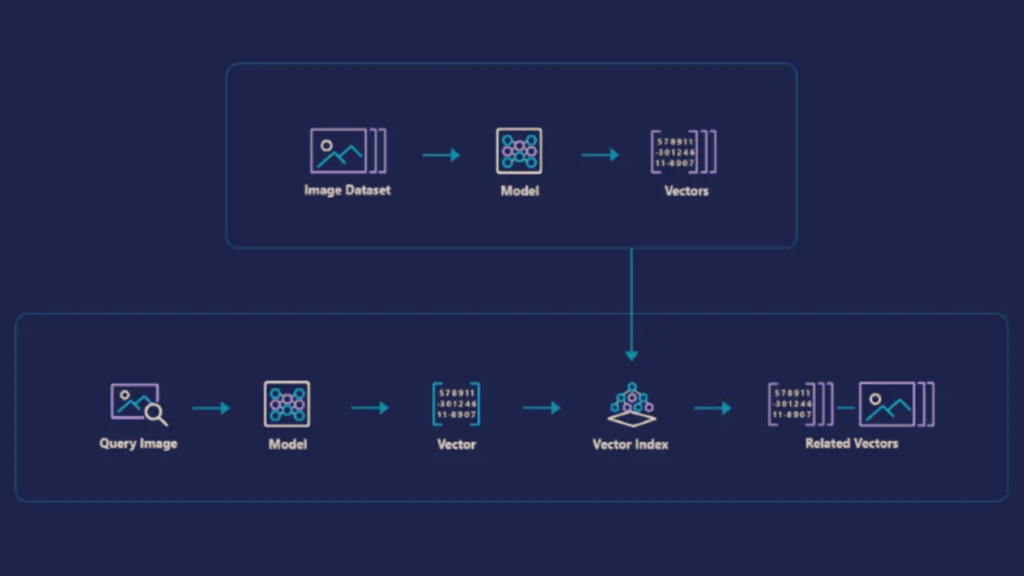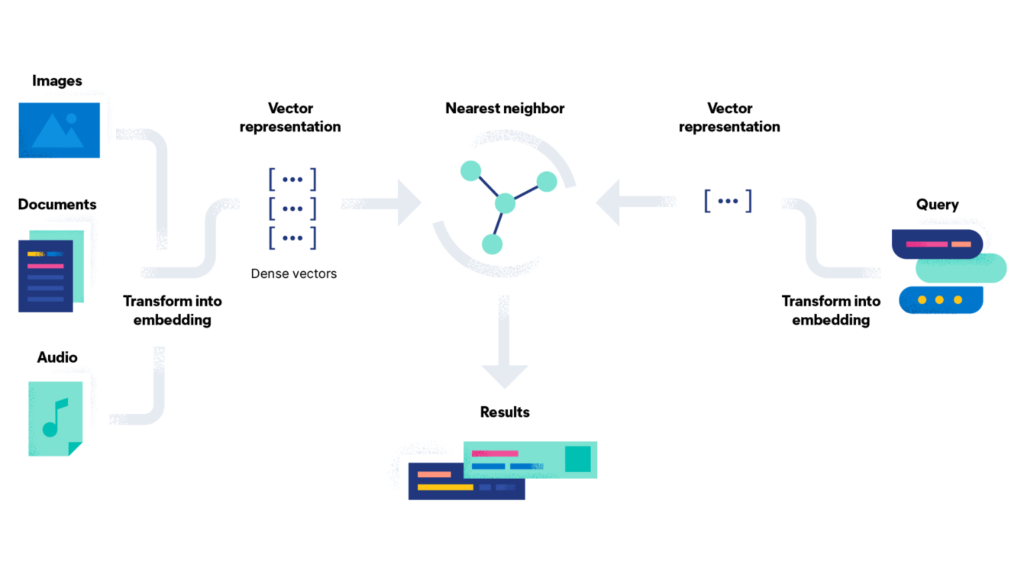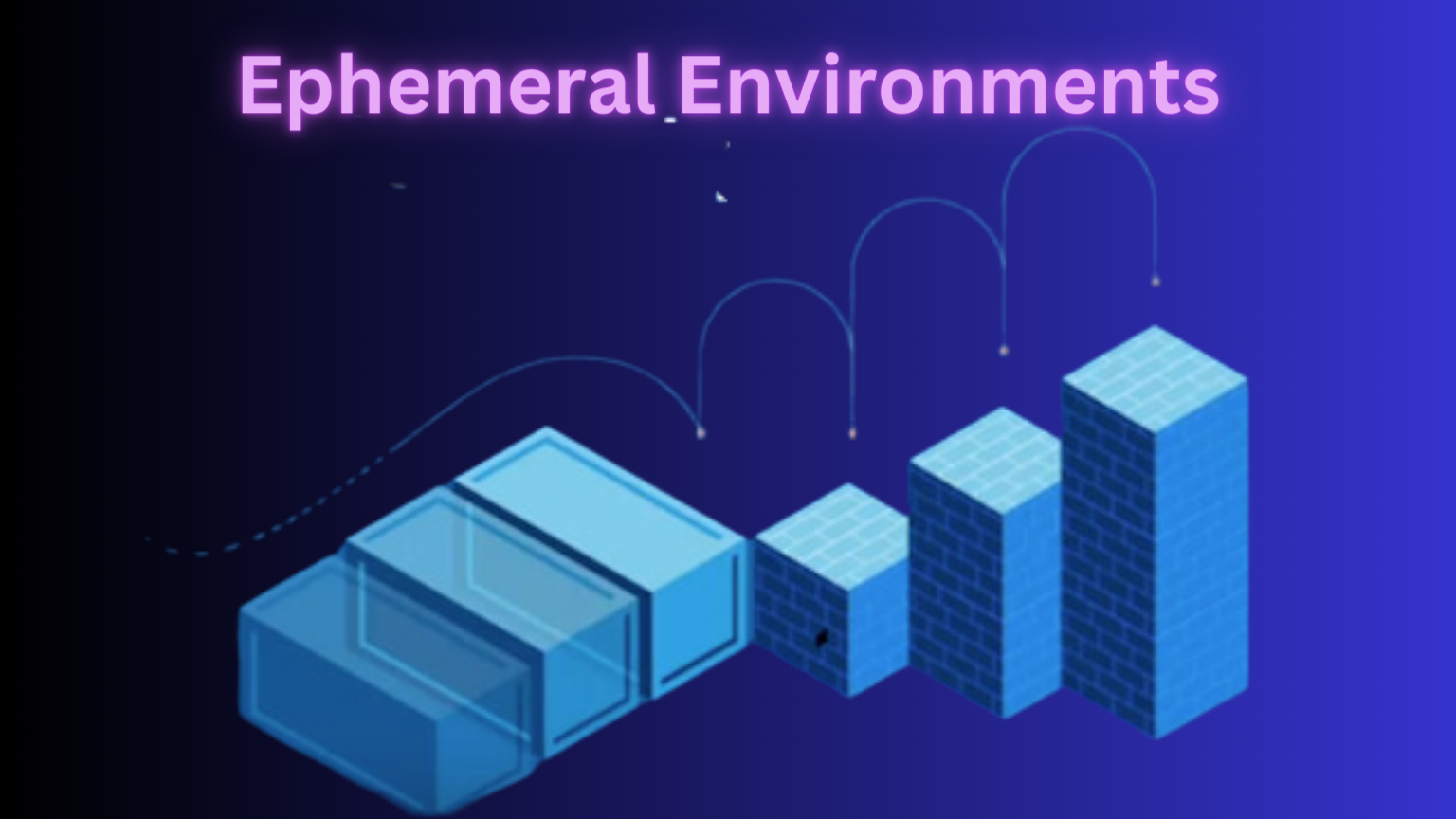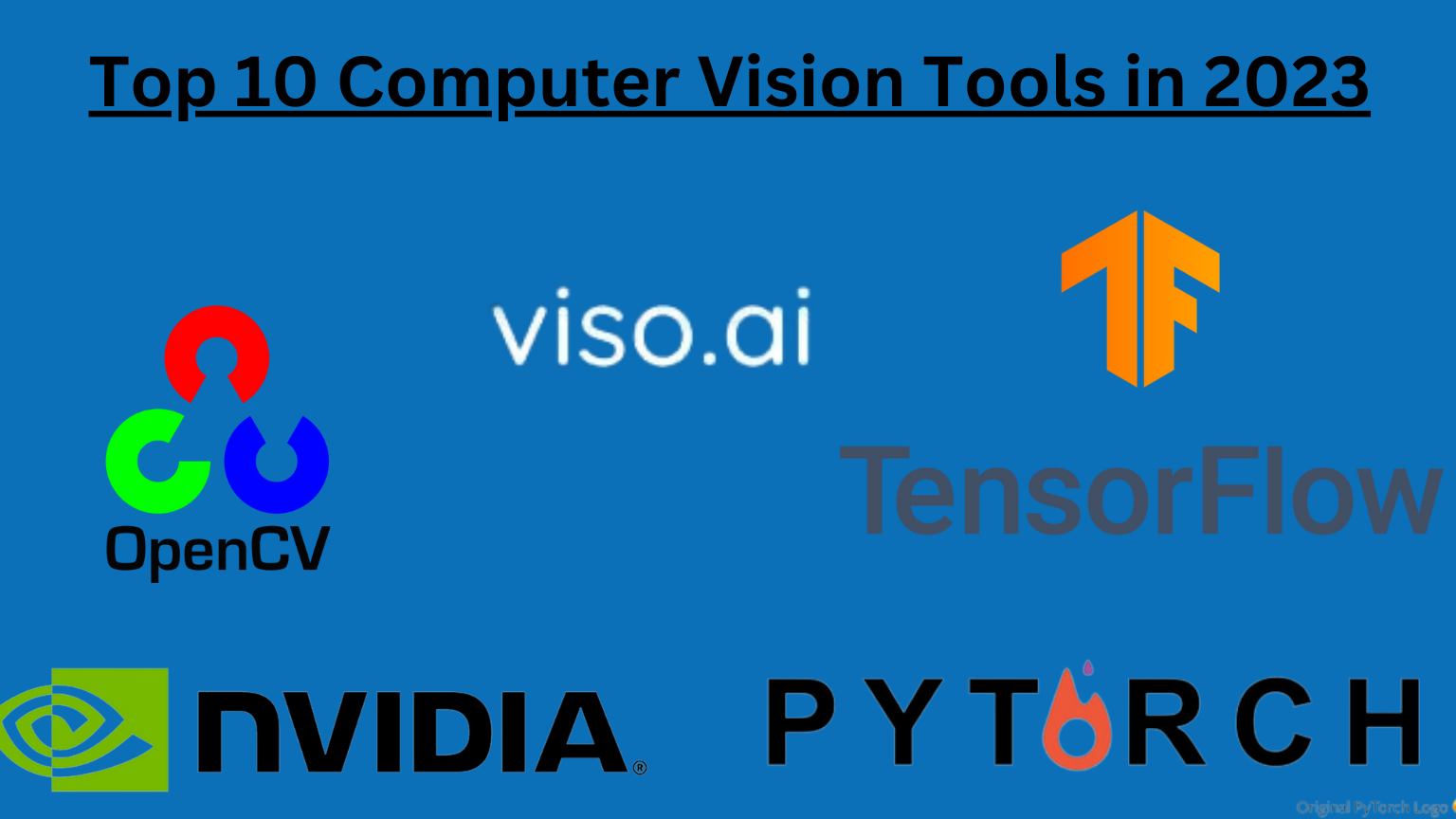In today’s digital age, we are generating more data than ever before. With the rise of big data, traditional keyword-based search engines are no longer sufficient to deliver accurate and relevant results. Enter vector search, a new approach to search that uses high-dimensional vectors to represent data and related context. In this article, we will explore how vector search can be applied to computer vision, a field that deals with the analysis and interpretation of visual data.
What is a Vector Search?
Vector search is a search technique that uses high-dimensional vectors to represent data and related context. These vectors are generated by models that are trained on millions of examples to deliver more relevant and accurate results. At the core of a vector search engine is the idea that if data and documents are alike, their vectors will be similar.
By indexing both queries and documents with vector embeddings, you can find similar documents as the nearest neighbors of your query. Vector search is not limited to text data. You can create embeddings for text, images, audio, or sensor measurements. This makes vector search a versatile tool for a wide range of applications, including computer vision.
What is Computer Vision?
Computer vision is a field that deals with the analysis and interpretation of visual data. It involves the use of algorithms and mathematical models to extract meaningful information from images and videos. Computer vision has a wide range of applications, including object recognition, image segmentation, face detection, and autonomous vehicles.
Difference Between Statistics and Machine Learning

How can Vector Search be Applied to Computer Vision?
Vector search can be applied to computer vision in several ways. One of the most common applications is image similarity search. Image similarity search involves finding images that are similar to a given query image. This can be useful in a wide range of applications, including e-commerce, social media, and healthcare.
To perform image similarity search, you first need to generate vector embeddings for your images. This can be done using deep learning models such as convolutional neural networks (CNNs). Once you have generated the embeddings, you can use vector search algorithms such as approximate nearest neighbor (ANN) search to find images that are similar to your query image.
Another application of vector search in computer vision is object recognition. Object recognition involves identifying objects in images and videos. This can be useful in applications such as surveillance, autonomous vehicles, and robotics.
To perform object recognition using vector search, you first need to generate vector embeddings for your objects. This can be done using CNNs or other deep learning models. Once you have generated the embeddings, you can use vector search algorithms to find objects that are similar to your query object. This can be useful in scenarios where you need to quickly identify objects in images or videos.
Electric Vehicles Vs Fuel Vehicles: A Comparative Study
Benefits of Vector Search in Computer Vision
Vector search offers several benefits when applied to computer vision. One of the main benefits is improved accuracy. By using high-dimensional vectors to represent data and related context, vector search can deliver more accurate and relevant results than traditional keyword-based search engines.
Another benefit of vector search in computer vision is speed. Vector search algorithms are designed to work with high-dimensional data, which means they can process large amounts of data quickly and efficiently. This makes vector search a useful tool for applications that require real-time processing, such as autonomous vehicles and robotics.
Vector search also offers the ability to search beyond text data. By creating embeddings for images and other types of data, vector search can be used to search a wide range of data types. This makes vector search a versatile tool for a wide range of applications, including computer vision.
Challenges of Vector Search in Computer Vision
While vector search offers several benefits when applied to computer vision, there are also some challenges to consider. One of the main challenges is the need for large amounts of training data. To generate accurate vector embeddings, you need to train your models on millions of examples. This can be time-consuming and resource-intensive.
Another challenge of vector search in computer vision is the need for specialized hardware. Vector search algorithms require specialized hardware such as GPUs to process high-dimensional data quickly and efficiently. This can be a barrier to entry for some organizations that do not have access to specialized hardware.

Conclusion
Vector search is a powerful tool for enhancing search experience in computer vision. By using high-dimensional vectors to represent data and related context, vector search can deliver more accurate and relevant results than traditional keyword-based search engines. Vector search can be applied to a wide range of applications in computer vision, including image similarity search and object recognition. While there are some challenges to consider, the benefits of vector search in computer vision make it a valuable tool for organizations looking to extract meaningful insights from visual data.

















